Few people can boast that they came through the worst of the COVID-19 pandemic better than they started. Lauren Heath can. She met and fell in love with the man who is now her fiancé while quarantining at home playing games on her computer. “We were part of a video game group,” Lauren shares. “We connected while playing, started talking online and got to know one another. Eventually, we developed feelings for each other. He lives in Scotland, so we started visiting back and forth and fell in love. “We met face to face for the first time in Scotland in May 2021. I wound up staying there for five months before returning home. Since then, he’s visited me a couple of times, and I just returned from Scotland again after spending the summer there.” After much discussion, the couple agreed on where they’ll reside following the wedding. “He wants to live in the US, but getting his visa will probably take 1½ to 2 years, so I’ll live in Scotland during that time,” Lauren relates. “Once he gets his visa, we’ll return to the States and settle permanently.” Lauren has the freedom to live wherever she chooses because she works remotely online doing search engine optimization and digital marketing. “I manage a team that does data and competitor research and then writes content for our clients’ websites, social media and other forums,” she describes. “I’ve been with my company for three years.” For far longer than that, Lauren has needed eyeglasses to see clearly. The 27-year-old was first fit with corrective lenses when she was a child. “I’ve worn glasses pretty much my entire life,” Lauren confirms. “When I was really young my parents took me to an eye doctor for a checkup, and it was obvious I needed glasses. The doctor had the little chart where you read the letters, and the only thing I could read was a big ‘R’ on the top line. My vision went downhill from there. “I was basically blind. I wore really thick glasses and couldn’t do anything without them. First thing in the morning, I groped around in the dark until I found my glasses. When I took a shower, I couldn’t see the soap because I wasn’t wearing my glasses. I always worried about losing my glasses or breaking them and not being able to see.” Lauren recently tired of her dependence on glasses and began looking into laser vision correction surgery. Several friends had undergone Laser-Assisted in Situ Keratomileusis, or LASIK, and experienced excellent results. “By this time, I had established my career and had a little extra money. I wondered if my quality of life could be improved by getting the surgery,” Lauren recounts. “So, I Googled local LASIK surgeons, and The Dry Eye Spa & V.I.P. Laser Eye Center had one of the best reviews. I made an appointment to see if I was a candidate for LASIK.”


Jordan Pysz / iFoundMyDoctor.com
“About a week and a half to two weeks after my LASEK surgery, I had complete clarity; no more blurry vision.”
– Lauren
LASIK vs. LASEK
At The Dry Eye Spa & V.I.P. Laser Eye Center, Lauren met with Clifford L. Salinger, MD, a cornea specialist and founder of the practice, located in Palm Beach Gardens. “When she first came to us, Ms. Heath was very nearsighted and had significant astigmatism, which is an imperfection in the shape of the cornea that causes blurry vison,” Dr. Salinger reports. “She was barely able to see the big ‘E’ on the eye chart.” Following an examination and in response to Lauren’s request, Dr. Salinger explained that there are multiple forms of laser vision correction. One is LASIK, during which the ophthalmic surgeon creates a flap in the cornea to change its shape and improve vision. During LASIK, however, tiny nerve endings in the cornea are severed that do not completely grow back, the doctor warned. As a result, patients are at risk for developing dry eye issues. “Women, in particular, are at higher risk for developing dry eye later in life due to the hormonal changes surrounding menopause,” the doctor asserts. “That’s why, with our female patients especially, we stress the importance of considering LASEK surgery because it does not require making a flap and cutting the nerve endings.” LASEK is an acronym for Laser-Assisted Sub-Epithelial Keratomileusis. During LASEK, the epithelium – the skin’s surface layer – is loosened, then removed, much like peeling wallpaper from a wall. “The laser is then applied to the surface of the cornea to reshape it,” Dr. Salinger explains. “The wallpaper grows back like we were never there, and while it takes a little longer to heal from LASEK compared to LASIK, the vision results are equally as good.” LASEK is performed at V.I.P. Laser Eye Center’s dedicated laser suite, which is equipped with state-of-the-art technology. Dr. Salinger begins the procedure by gently removing the epithelium and then applying the laser to the cornea. After the laser treatment, he places a bandage contact lens on the surface of the eye. This serves to improve comfort and accelerate healing. “Typically, we remove the bandage contact lens at the one-week follow-up visit. It generally takes a few weeks for the patient’s vision to completely focus in. It tends to be blurry the first week. It gets better over the second and third weeks. It continues to improve, and usually around the one-month visit, the vision is tuned in and quite good.” Dr. Salinger stresses that LASIK is still a very good procedure, but he has a personal bias toward LASEK, especially if his patients have any preexisting dry eye. “It is the same laser whether we perform LASIK or LASEK; they will achieve the same long-term results,” he observes. “The only factor patients have to consider is recovery time. How long are they willing to wait to get from where they are to where they want to be, and that is with excellent vision.”
“No More Blurry Vision”
Lauren followed Dr. Salinger’s advice and opted for LASEK. Following the procedure, she was instructed to keep her eyes closed for that day to allow them to recover. A day later, she was already noticing an improvement with her visual acuity. “I opened my eyes and immediately noticed some clarity,” she elaborates. “My vision was still a little blurry, but not to the point that I couldn’t see things. And I could actually read. Before, I couldn’t read anything without my glasses. So, even the blurriness in recovery was better than what I lived with before. “About a week and a half to two weeks after my LASEK surgery, I had complete clarity; no more blurry vision. It’s fantastic. I recently visited Dr. Salinger for my follow-up, and I was seeing 20/15, which shocked me. “LASEK surgery was life-changing for me. I no longer get up in the morning and search blindly for my glasses. I don’t worry about not seeing the soap in the shower or losing my glasses and not being able to see. It’s been truly life-changing.” Lauren is equally impressed with Dr. Salinger and his wife, Dori, who is the refractive coordinator and assists in surgery at V.I.P. Laser Eye Center. “They are both very warm, informative and knowledgeable,” Lauren raves. “They clearly explained both procedures, LASIK and LASEK, and why LASEK was better for me. Every step of the way, they made sure I had all the information and knew all the risks. I felt very good energy from them. Dr. Salinger likes to crack corny jokes, which made me feel comfortable. “My procedure was very successful. I highly recommend LASEK, Dr. Salinger and The Dry Eye Spa & V.I.P. Laser Eye Center to other people seeking vision correction surgery.”
Irritated Eyes
Four years ago, New York native Melanie* developed a large chalazion on the inside of one eyelid. Her eye doctor surgically removed the infected lump caused by a clogged oil gland, and Melanie thought that was the end of the matter. A year later, however, Melanie began to experience other uncomfortable issues with her eyes, including a gritty, sandy feeling that often led to headaches, eye redness and multiple styes on both eyelids. “My ophthalmologist put me on over-the-counter remedies, including lid wipes and other eye treatments,” Melanie recalls. “I stayed on that treatment plan for many months, but nothing helped. “After that I started taking doxycycline, which is an antibiotic, and ZYLET®, a steroid-antibiotic combination. I took multiple prescription medications for two years, but I still had styes developing on my upper and lower lids on both eyes. “I was desperate because these styes were starting to affect my work. They limited my computer screen time and other activities. The symptoms were constant. I felt chronic pain every day, like chronic eye headaches. My vision was blurry and sometimes I saw little floaters. “I was really concerned about my vision and, to be honest, about being on prescription drugs for two years straight. My eye doctor told me I had dry eye disease and finally referred me to a more experienced specialist.” Melanie’s diagnosis was confirmed by an ophthalmologist in Nevada whom she went to while spending time out west. The physician gave Melanie some other bad news as well. “He said, Not only do you have dry eye, but it’s so bad that most of your glands have atrophied and dried out,” Melanie remembers. “He said, They’re gone, and there’s nothing that can be done to bring them back. He recommended a procedure called LipiFlow®. Upon her return to Florida, Melanie asked her regular eye doctor about LipiFlow. He directed her to Dr. Salinger, who has expertise in treating dry eye disease using the LipiFlow Thermal Pulsation System, a revolutionary FDA-approved method from TearScience® for clearing debris that clogs the eye’s oil glands and leads to dry eye. Melanie first went to see Dr. Salinger in mid-March. “She reported a severe burning sensation in her eyes,” Dr. Salinger details. “She also complained of irritation; inflammation; a stinging, scratchy feeling; crusting of her eyelids; and multiple styes. Because Melanie had such a problem with styes, she was losing function of her oil glands, and those that were still functioning were not flowing optimally.” Styes are red, painful lumps that form due to the blockage of oil glands in the eyelids. “Like a balloon, an oil gland, or meibomian gland, can expand and become inflamed.” Dr. Salinger explains. “It can also become irritated and infected. It is the blockage and inflammation of these meibomian glands and potential infections that create styes.”





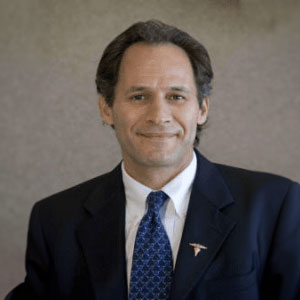
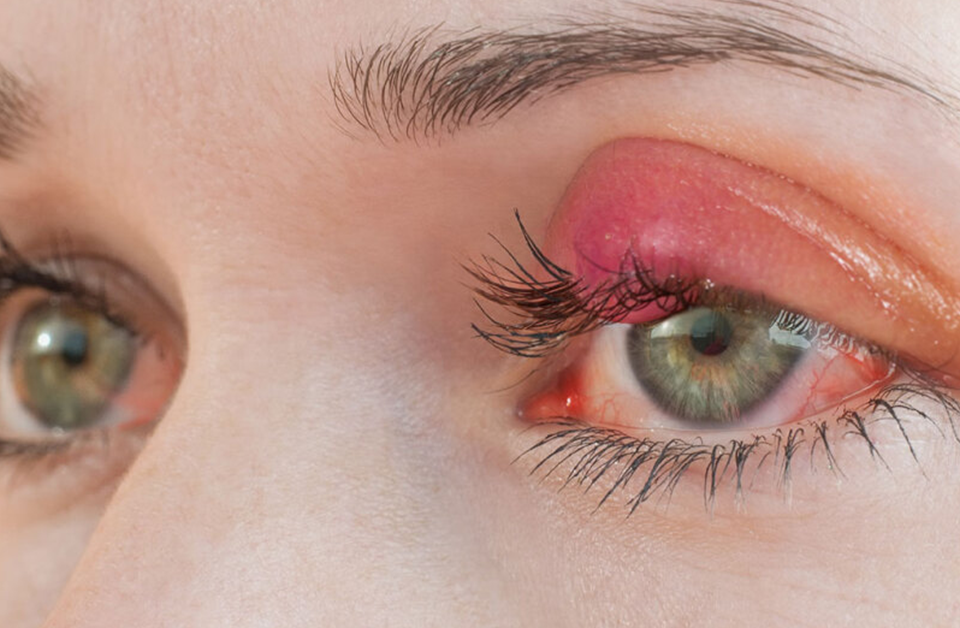
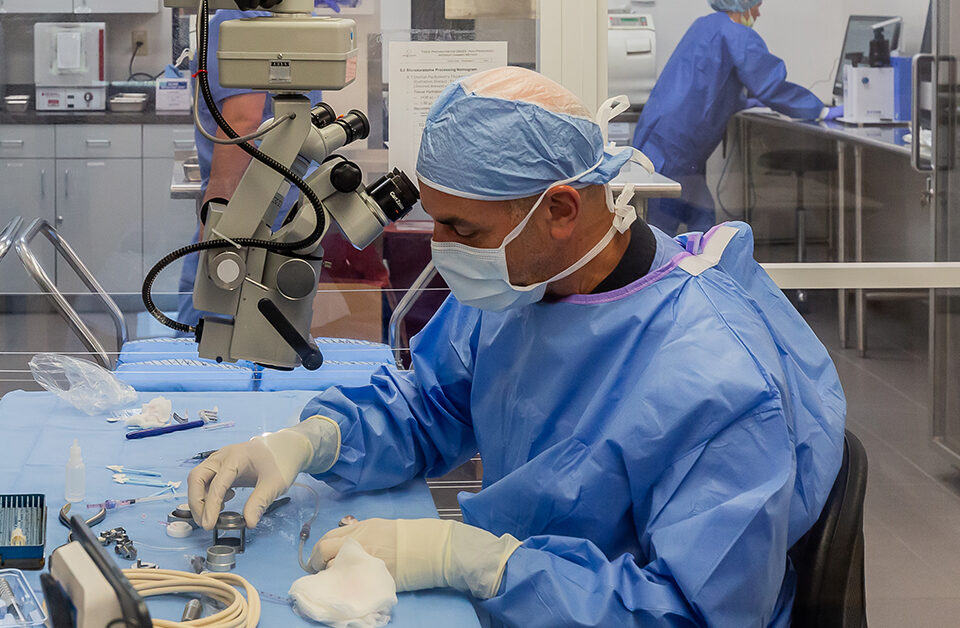


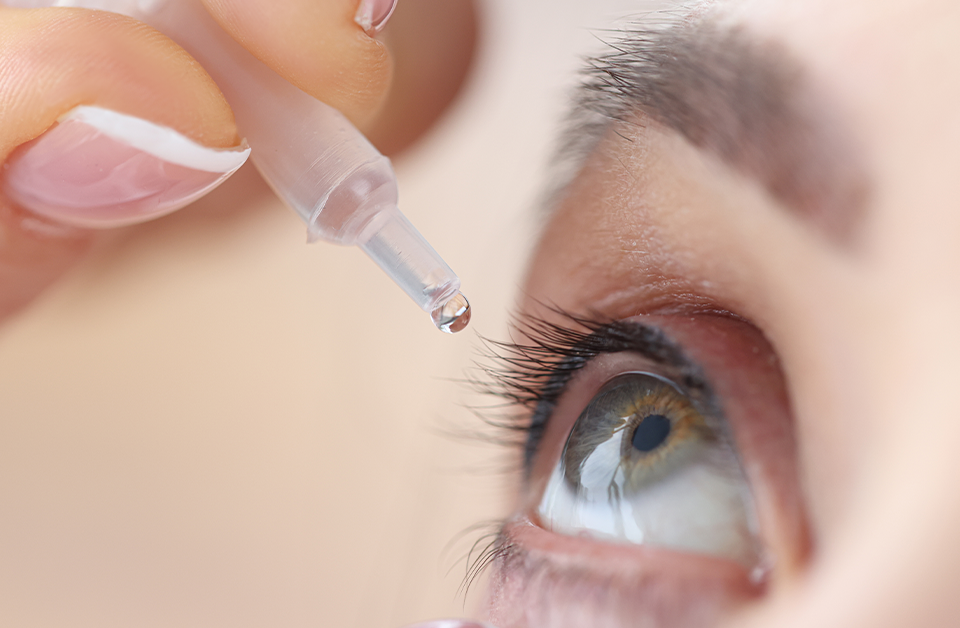
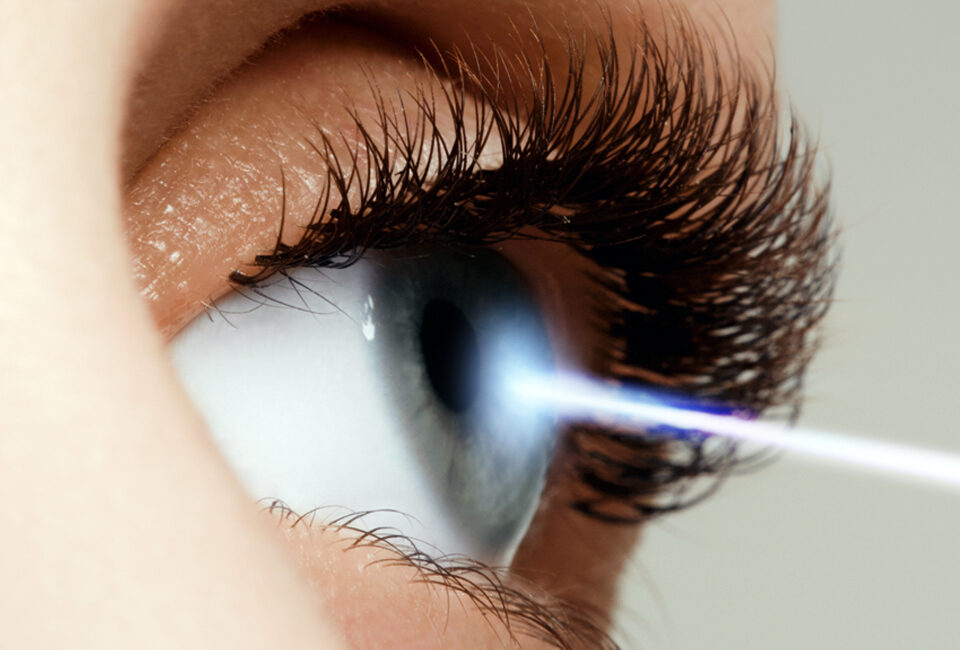
Leave a Reply